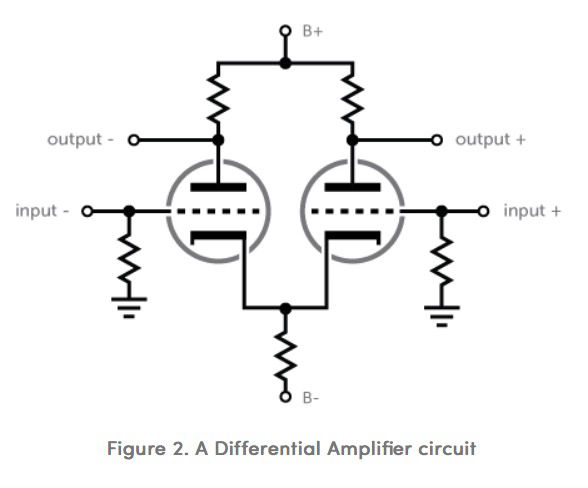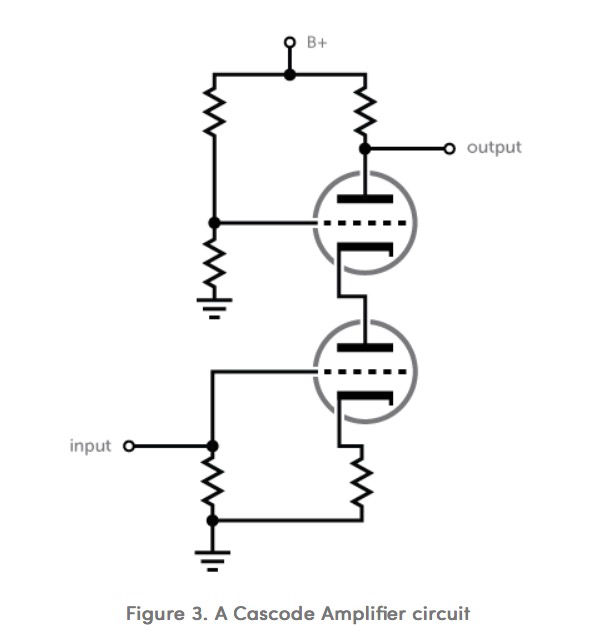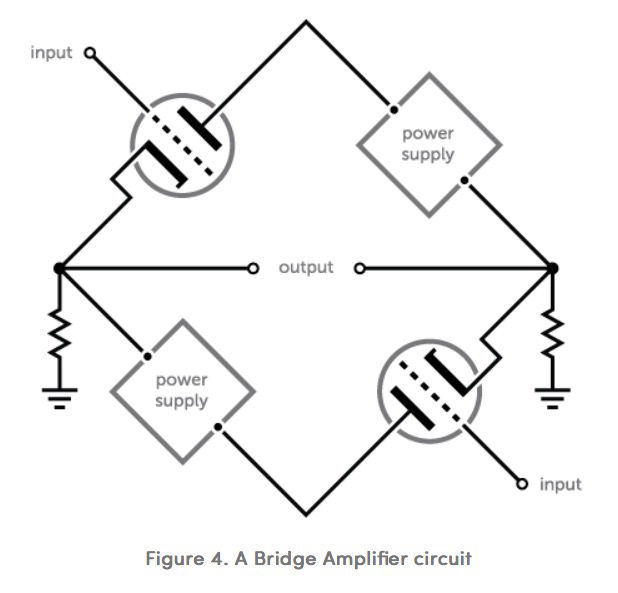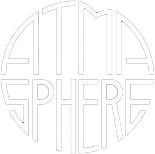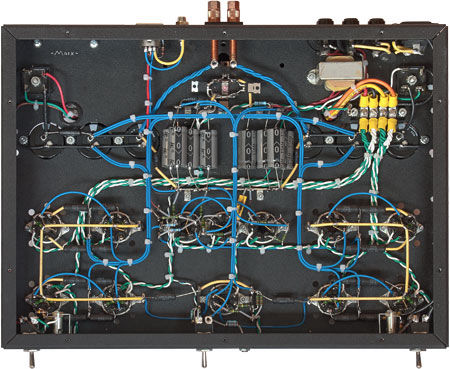
Introduction
Because we build OTL amplifiers, people often think that we are making a conventional Futterman design. This is untrue. Our products are designed around a central concept: that symmetrical designs are inherently low distortion, with excellent stability. We build output transformerless circuits that embrace this idea. This paper is designed to shed some light on the technology involved.
Most of the circuitry used in our equipment was designed in the 1940s and 50s, ostensibly for military purposes. We use differential amplifiers, cascode amplifiers and bridge amplifiers for all of our amplifier building blocks. We will discuss the advantages of each, as well as how they were used to create our Balanced Differential Design®.

